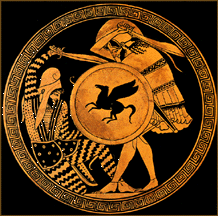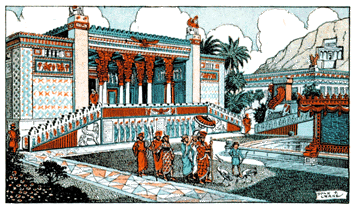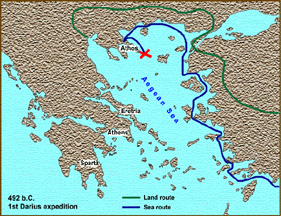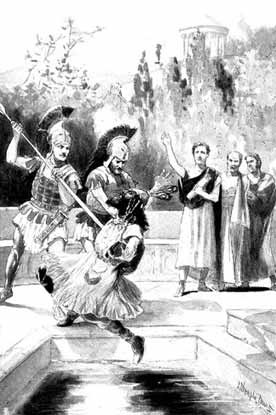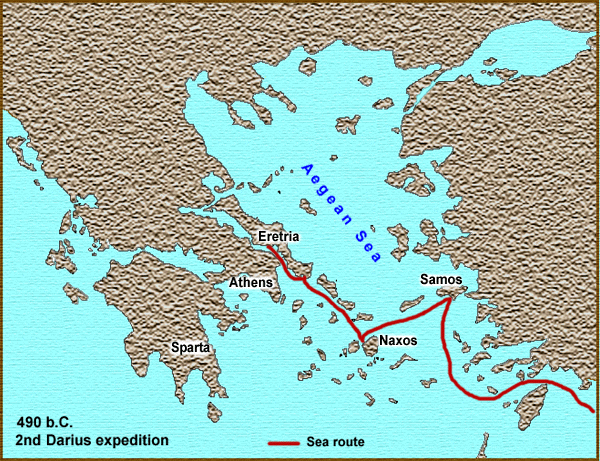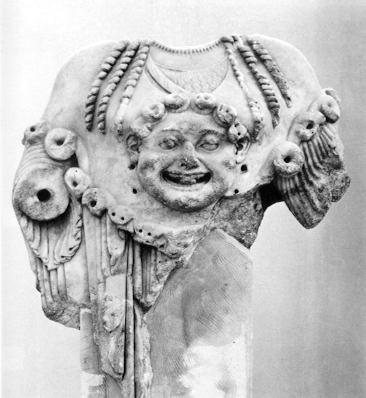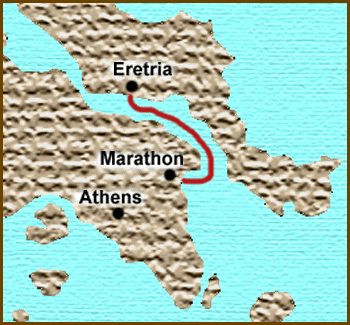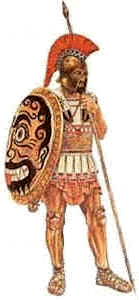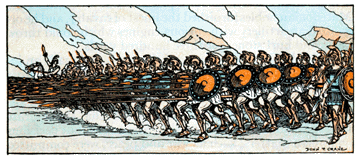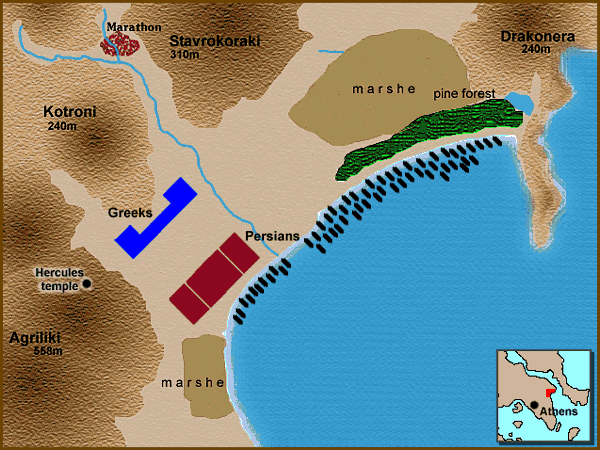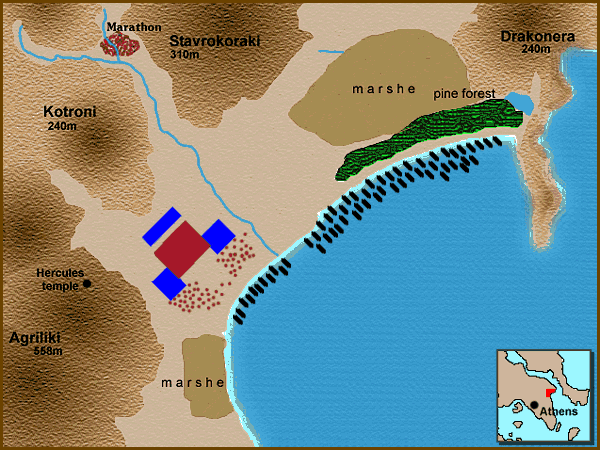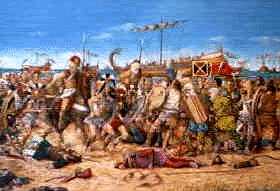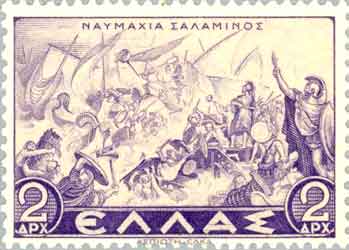Greek Mythos: Όταν ο Πρίαπος μέθυσε & ετοιμαζόταν να βιάσει τη θεά Εστία, τη θεά της οικογένειας και κορίτσι του «σπιτιού», την πραότερη & συνετότερη! Τι συνέβη όμως; |
||||||
|
||||||
Η Εστία είναι μια
από τις πιο αξιόλογες, σεβαστές και σεμνές μορφές του αρχαίου ελληνικού
Δωδεκάθεου. Κόρη του Κρόνου και της Ρέας, αδερφή της Ήρας, της
Δήμητρας, του Ποσειδώνα, του Δία και του Πλούτωνα, προστάτιδα της
οικογενειακής ζωής, αρμονίας και ευτυχίας, προσωποποίηση της εντιμότητας
και της σταθερότητας στο συζυγικό και οικογενειακό βίο. Ως πρωτότοκη
κόρη του εξουσιαστή και κυρίαρχου των πάντων, η Εστία είχε από την αρχή
τεθεί επικεφαλής όλων των μεγάλων θεοτήτων. Η γέννηση της Εστίας, της αρχαιότερης των θεών, ανάγεται στα πρώτα σχεδόν χρόνια της θεογονίας και ακριβέστερα στην εποχή της εκθρόνισης του Ουρανού από το γιο του -και μετέπειτα πατέρα της Εστίας- Κρόνο. Ο Κρόνος, θέλοντας να διασφαλίσει την εξουσία του, αποφασίζει να εξολοθρεύσει τη μοναδική για το θρόνο του (και σύμφωνα με τη μοίρα) απειλή, τα παιδιά του. Παρά τις παρακλήσεις της Ρέας, τα καταπίνει όλα εκτός από τον Δία, που αργότερα με τέχνασμα της μητέρας του κατορθώνει να τον ξεγελάσει και να επαναφέρει τα αδέρφια του στη ζωή. H Eστία γρήγορα ανταπέδωσε το καλό που της έκανε ο αδερφός της. Από τη στιγμή που ο Δίας ανέλαβε τη βασιλεία του ουρανού, τον βοήθησε ουσιαστικά στην εξολόθρευση των Γιγάντων και στην οριστική εγκαθίδρυση της εξουσίας του. Ο Δίας εκτιμώντας την προσφορά της την ανακήρυξε θεά του Ολύμπου και της χάρισε το μοναδικό προνόμιο να μπορεί να έχει και να αποκτά οτιδήποτε θέλει και επιθυμεί με ή χωρίς τη μεσολάβησή του. Επιπλέον της παραχώρησε το δικαίωμα να τιμάται σ' όλους τους ναούς των θεών ανεξαιρέτως κι ακόμη ο κάθε της βωμός να αποτελεί "κοινή εστία" για όλους τους Έλληνες. Η Εστία ήταν η πραότερη και δικαιότερη απ' όλους τους Ολύμπιους θεούς. Ντροπαλή και σεμνή, συνεσταλμένη και κλειστή στις επαφές της με τους άλλους θεούς, διέθετε ένα πραγματικά ιδιαίτερο χαρακτηριστικό: εμφανιζόταν από την αρχή αρνητική τόσο στην ιδέα του γάμου, όσο και στην ερωτική της ένωση με οποιονδήποτε την επιθυμούσε. Πολλοί αξιόλογοι εραστές και ανάμεσά τους αντάξιοί της θεοί είχαν από πολύ νωρίς γευτεί την κατηγορηματική της άρνηση - απόρριψη. Κάθε ερωτική προσέγγιση την απομάκρυνε και οποιαδήποτε εμμονή σε παρόμοια θέματα δεν έβρισκε την παραμικρή ανταπόκριση στο πρόσωπό της. Προβάλλοντας μόνιμη αντίσταση σ' όλες τις ερωτικές προκλήσεις (όπως ακριβώς έκαναν η Άρτεμη και η Αθηνά) αρνούνταν παγερά και με επιμονή το παιχνίδι μιας τρυφερής περιπέτειας.  Πιστή και αμετάκλητη στις αποφάσεις και τις αρχές της, δε δίστασε να αποκρούσει τον Απόλλωνα και τον Ποσειδώνα που ένθερμα είχαν εκδηλώσει το θαυμασμό και το ενδιαφέρον τους γι' αυτήν. Δεσμευμένη με τον όρκο της αιώνιας παρθένας και ταγμένη στην υπηρεσία του σπιτιού και της οικογένειας, είχε συνειδητά αποβάλει κάθε ερωτική σκέψη και διάθεση που θα μπορούσε να προδώσει τον όρκο της. Η Εστία ήταν μια θεά με σταθερές ιδέες, "πιστεύω" και ιδανικά. Καμιά ερωτική πολιορκία δεν μπορούσε να την κάνει να υποκύψει και καμιά κατάσταση δεν μπορούσε να την εξαπατήσει, να την ξεγελάσει ή και να την απομακρύνει από τον κυριότερό της στόχο: την εξολοκλήρου αφιέρωσή της στην προστασία της οικογενειακής ευημερίας και θαλπωρής, στη διαφύλαξη και προάσπιση της σταθερότητας και της ιερότητας του γάμου, της οικογένειας, του σπιτιού. Το μοναδικό, ίσως, επεισόδιο που σώζεται με θέμα την αποπλάνηση της θεάς έχει σαν πρωταγωνιστή τον Πρίαπο. Αυτός σε κάποια γιορτή των θεών ύστερα από το πολύ φαγοπότι κι αφού όλοι τους (μαζί και η Εστία) εξαντλημένοι κοιμήθηκαν, επιχείρησε να τη βιάσει. Κανείς (ούτε και η ίδια) δεν πρόλαβε να αντιληφθεί τίποτα μέχρι που το γκάρισμα ενός γαϊδάρου την ξύπνησε και την έσωσε.Η Εστία ως θεά διέφερε σημαντικά απ' όλες τις άλλες γυναικείες θεότητες. Αφοσιωμένη στο σπίτι και στους συνοίκους της, έμενε πάντοτε στον Όλυμπο, χωρίς ποτέ να μετακινείται, ούτε καν να πηγαινοέρχεται, όπως έκαναν όλοι οι υπόλοιποι. Εξαιτίας της γαλήνης, της πραότητας και της ηρεμίας που τη διέκρινε δε συμμετείχε ποτέ σε πολέμους ή διαμάχες. Ήταν δίκαιη και φιλάνθρωπη και για το λόγο αυτόν αφιερωμένη σ' αυτό που πρέσβευε. Η Εστία αποτελούσε την προσωποποίηση του σπιτιού, το σύμβολο της οικίας και κατ' επέκταση της πιστής και γερά δεμένης οικογένειας. Σ' αυτήν οι αρχαίοι Έλληνες απέδιδαν την επινόηση της τέχνης για το χτίσιμο του πρώτου σπιτιού. Σ' αυτήν επίσης και στην ενότητα που η ίδια αντιπροσώπευε είχαν αφιερώσει το κυριότερο μέρος της οικίας: εκεί δηλαδή που έκαιγε η φωτιά και συγκεντρώνονταν όλα τα μέλη της οικογένειας τριγύρω της. Η Εστία δεν ήταν η θεά που κλεινόταν και οριοθετούνταν μέσα στα στενά πλαίσια του σπιτιού. Η εύνοια και οι διαστάσεις της, οι δικαιοδοσίες και οι αρμοδιότητές της πολύ γρήγορα επεκτάθηκαν, με αποτέλεσμα σταδιακά ως θεά να αντιπροσωπεύει όχι μόνο το κέντρο του σπιτιού, αλλά και της γης, και ολόκληρου του σύμπαντος. |
RIA Novosti. Vladimir Astapkovich //01:25 // 28/11/2011
MOSCOW, November 28 (RIA Novosti)
The relic, brought to Russia from Mount Athos in Greece for the first time in history, has been on display in the Cathedral since November 19. The access to the belt will be allowed until 2:00 a.m. Monday [22:00 GMT].
-
"The total number of pilgrims since November 19 surpassed 800,000 people on Sunday evening. At least 40% of them are residents of other Russian regions, as well as Ukraine, Belarus and Moldova. During this period, over 850 busses with pilgrims arrived to Moscow," a source in the organizing committee said.
-
Believers from central Russian regions, as well as from other former Soviet states, have poured into the capital to see the belt. The line stretched several km and on some days worshippers had to queue for 24 hours on average.
-
Over 1,500 policemen, two patrol boats and 25 ambulance cars were on duty to help the believers. The worshippers were provided with free meals and tea as they waited. Some 50 people have been taken to hospital since November 19.
-
Believers say the Virgin Mary wove the belt out of camel wool and wore it until the end of her Earthly days, when she passed the belt on to the Apostle Thomas.
-
The relic belongs to the Vatopedi monastery on Mount Athos in Greece. The belt was brought to Russia on October 20 and has already been shown in many Russian cities, including St Petersburg.










